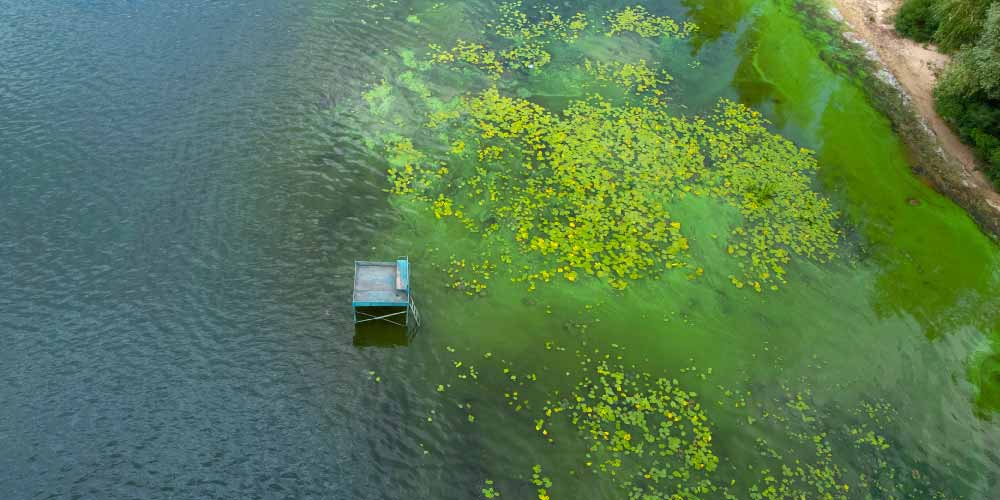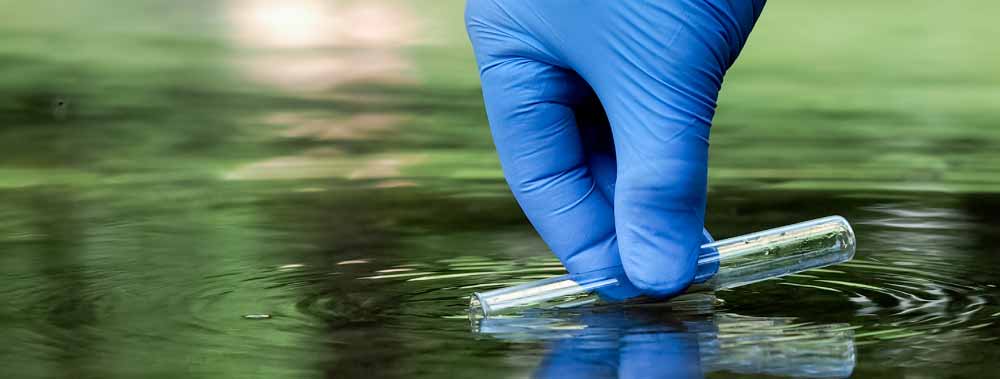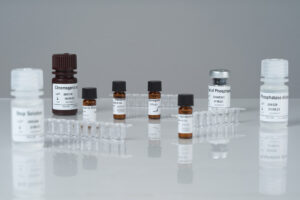
Is it possible to detect microcystins in one hour?
18 May 2022Microcystins detection
The quality of water intended for human consumption is one of the main concerns globally. Health criteria are increasingly strict and include new analytical parameters for quality determination, such as the detection of microcystins.
Microcystins are toxins generated by the uncontrolled growth of cyanobacteria present in water under specific conditions of temperature, light or with the presence of nutrients or metals; over 80 variants with toxic capacity have been classified.
Several studies show the relationship between these toxins and different allergic and stomach pathologies in humans and animals, which are considered by the WHO as promoters of liver or colon cancer in the medium and long term.
For these reasons, there is a new Royal Decree with stricter technical and health criteria for the supply and quality control of drinking water to increase public protection against any adverse effects. This transposes the Directive (EU) 2020/2184 on the quality of water intended for human consumption and replaces RD 140/2003; it includes a new series of analytical parameters to determine drinking water quality.

METHODOLOGY
At Zeulab, we have developed a microcystin detection kit based on the use of biological targets, specifically phosphatase inhibition, to determine the potential toxicity of the sample. It detects all variants regardless of their chemical structure and will reflect the potential toxicity associated with the water sample. It can be used to analyse both natural water and water in the process of being purified, and can identify both free and intracellular toxins.
This methodology reproduces the mechanism of action of microcystins in humans and is based on the ability of phosphatase to hydrolyse a substrate, forming a product detectable at 405 nm. The enzymatic activity of phosphatase is inhibited by microcystins proportionally to their amount in the sample.
In addition to determining the potential toxicity of the sample, Microcytest is notable for its simplicity of use. The test is easily implementable in laboratories and provides very quick results in less than 1 hour.
Assay procedure:

The quality of water intended for human consumption is one of the main concerns globally. Health criteria are increasingly strict and include new analytical parameters for quality determination, such as the detection of microcystins.
Microcystins are toxins generated by the uncontrolled growth of cyanobacteria present in water under specific conditions of temperature, light or with the presence of nutrients or metals; over 80 variants with toxic capacity have been classified.
Several studies show the relationship between these toxins and different allergic and stomach pathologies in humans and animals, which are considered by the WHO as promoters of liver or colon cancer in the medium and long term.
For these reasons, there is a new Royal Decree with stricter technical and health criteria for the supply and quality control of drinking water to increase public protection against any adverse effects. This transposes the Directive (EU) 2020/2184 on the quality of water intended for human consumption and replaces RD 140/2003; it includes a new series of analytical parameters to determine drinking water quality.





